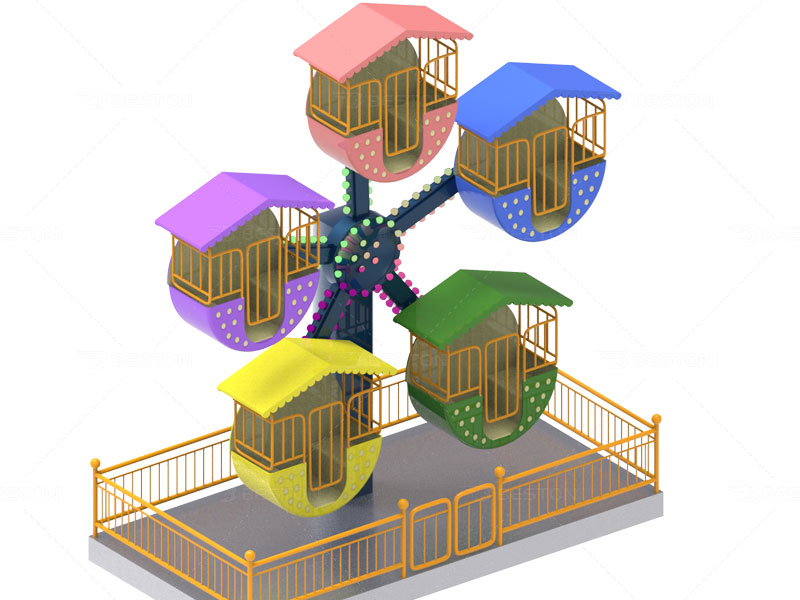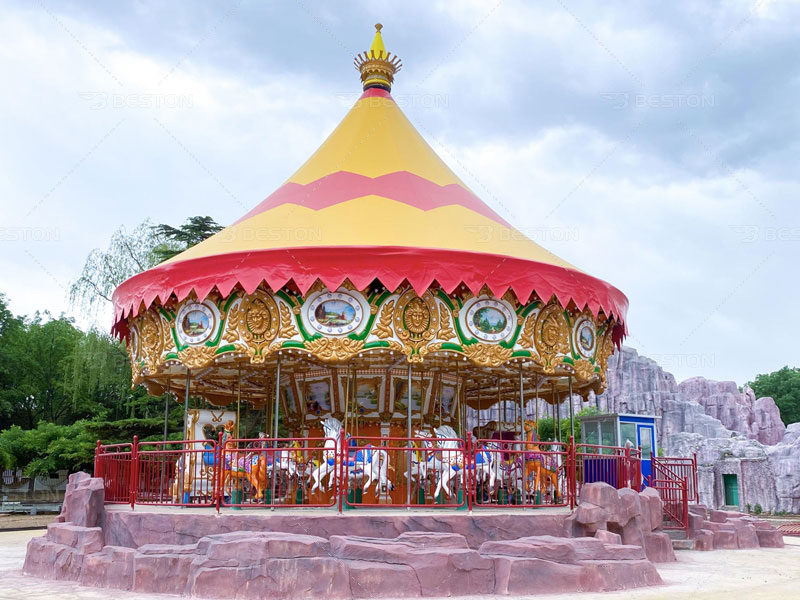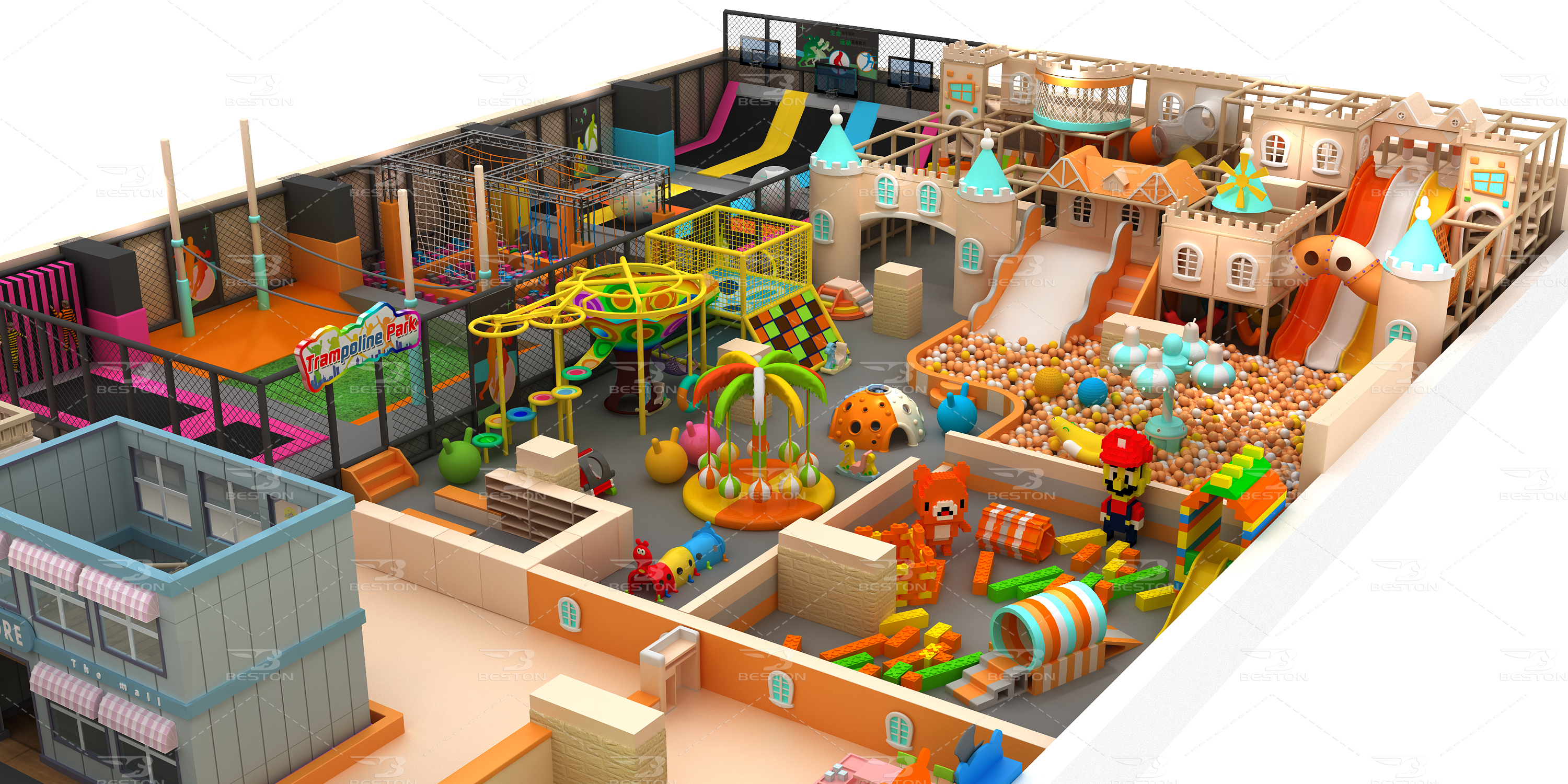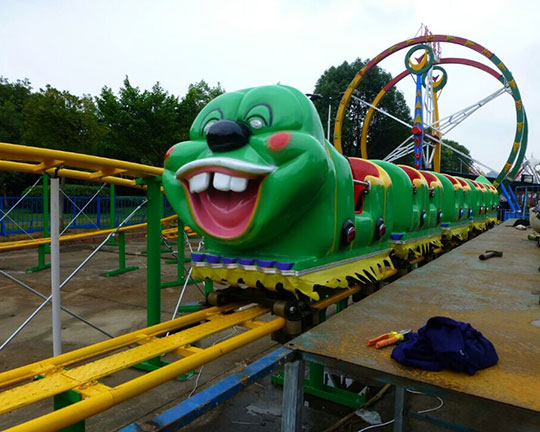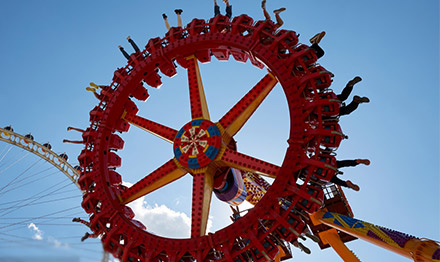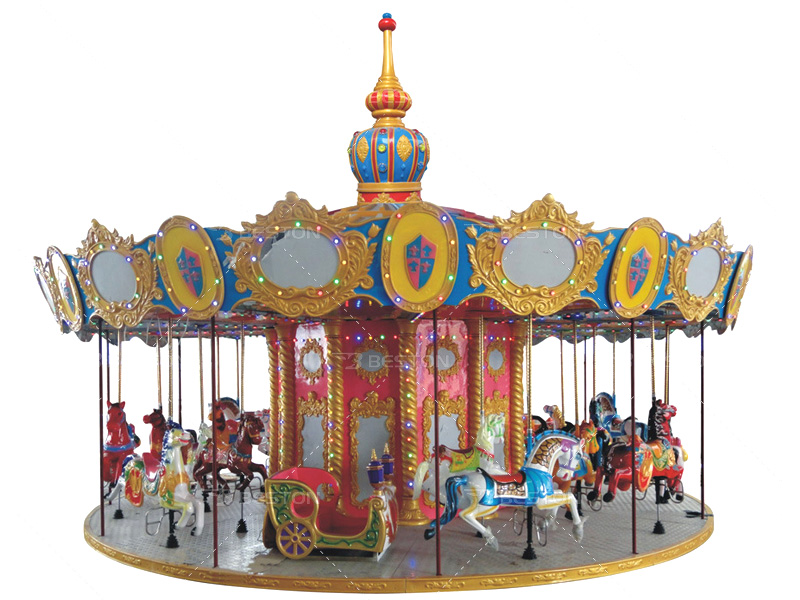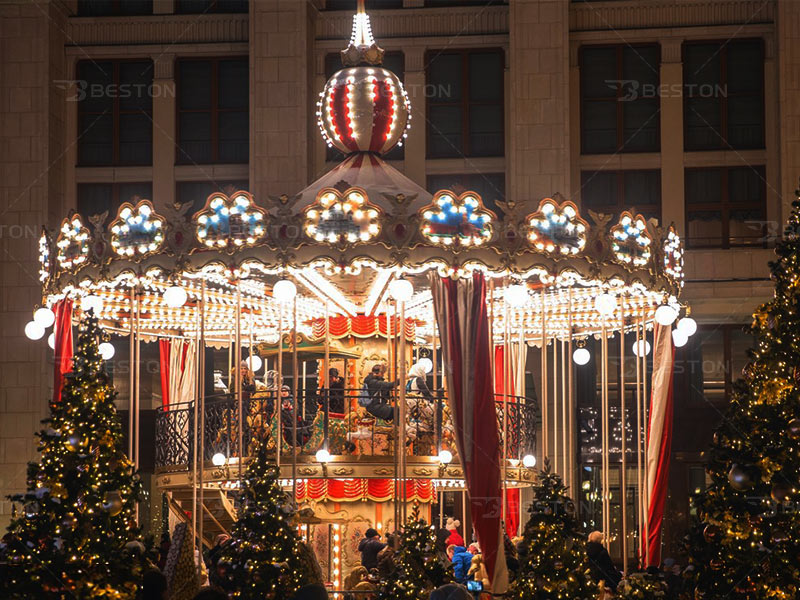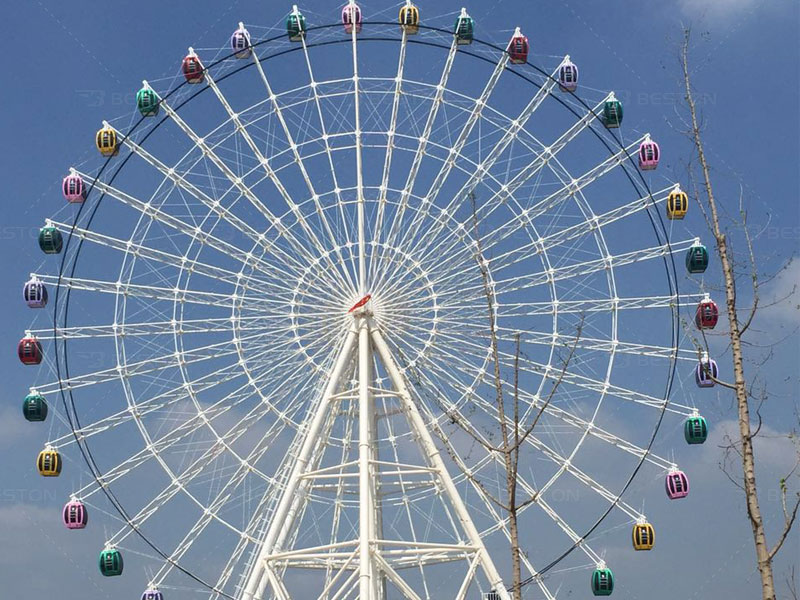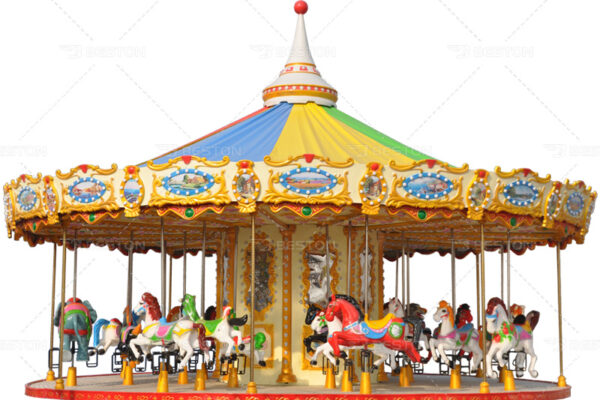Ferris wheels, known for their grandeur and universal appeal, are staples of amusement parks and urban skylines. Their designs range from quaint, family-friendly attractions to towering structures visible for miles. However, acquiring one requires understanding the financial implications tied to size and features. Let’s delve into the factors that shape the price of a ferris wheel and explore how customization and scale can influence costs.
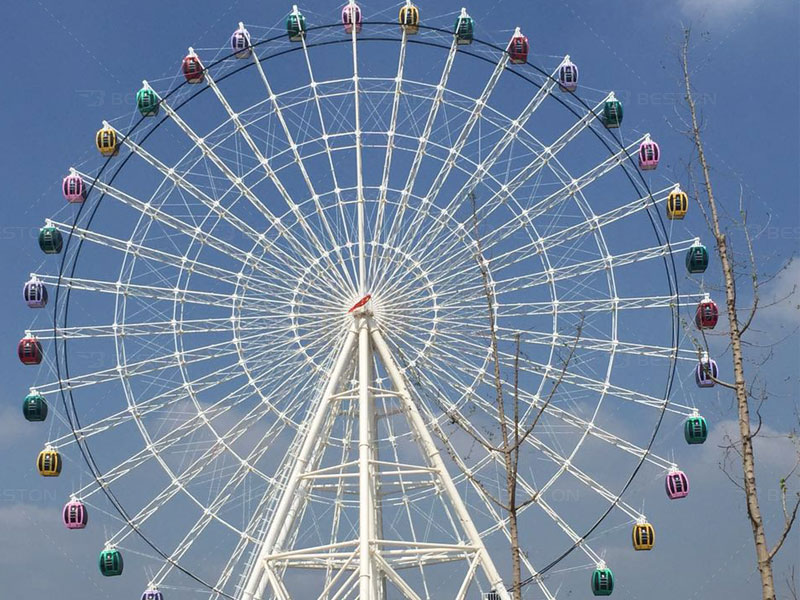
The Role of Size in Pricing
Size is one of the most significant factors affecting the cost of a Ferris wheel. Smaller models, ideal for local fairs or private venues, typically range between 30 and 60 feet in height. These smaller structures are often more affordable, with prices starting around $100,000. They are easier to install and maintain, making them suitable for operators with modest budgets.
In contrast, larger wheels, such as a big wheel ferris wheel, can soar up to 200 feet or more. These colossal structures demand advanced engineering, extensive materials, and specialized transportation, which can drive costs well over $5 million. Beyond the upfront expense, their size often necessitates additional expenditures for foundation work, assembly, and ongoing maintenance, further increasing the total investment.
Feature Enhancements and Customization
Features and customization options play a crucial role in determining a Ferris wheel’s final cost. Modern wheels come equipped with a variety of enhancements, from aesthetic upgrades to technological innovations.
1. Aesthetic Enhancements
Visual appeal is critical for Ferris wheels, especially those in high-traffic tourist destinations. LED lighting systems, for instance, transform wheels into mesmerizing displays, attracting visitors long after sunset. While basic lighting packages may cost $10,000 to $50,000, fully programmable systems with millions of color combinations can add $100,000 or more to the base price.
2. Themed Cabins
Customization extends to passenger cabins, which can be designed to align with specific themes or branding. Options include air-conditioned cabins, glass floors, or VIP gondolas with plush seating. Each of these features enhances the rider experience but can add tens of thousands of dollars to the overall price.
3. Innovative Technology
Advanced features such as touchscreen interfaces, augmented reality experiences, or synchronized music systems provide a modern twist to traditional Ferris wheels. These technologies not only elevate the user experience but also significantly increase the overall cost.
Operational Considerations and Long-Term Costs
The price of a ferris wheel is not limited to the purchase alone. Operational and long-term expenses play a substantial role in the total cost of ownership.
1. Transportation and Installation
Transporting and assembling a Ferris wheel, particularly a big wheel ferris wheel, requires meticulous planning and specialized equipment. Costs vary depending on the wheel’s size, destination, and logistical challenges. For instance, large wheels may require multiple oversized shipments and heavy-duty cranes for assembly, adding several hundred thousand dollars to the initial expense.
2. Maintenance and Safety Compliance
Regular maintenance is critical to ensuring safety and longevity. Inspections, part replacements, and system upgrades contribute to ongoing costs, which can range from $10,000 to $50,000 annually for mid-sized wheels. Compliance with local safety standards and regulations may also require additional investments in certification and modifications.
3. Insurance and Staffing
Operating a Ferris wheel comes with liabilities, making insurance a necessity. Premiums depend on the wheel’s size, location, and usage but can add thousands of dollars annually. Furthermore, staffing for operations, ticketing, and maintenance adds to the recurring costs.
Balancing Cost and Value
While the upfront cost and additional expenses may seem daunting, a Ferris wheel often proves to be a worthwhile investment. Its ability to attract visitors, generate revenue, and serve as a visual landmark makes it a valuable asset for amusement parks, event organizers, and urban developers. Balancing cost and value involves assessing your budget, operational needs, and target audience to select the most suitable size and features.
Conclusion
The size and features of a Ferris wheel significantly impact its price, making it essential for buyers to evaluate their requirements carefully. Whether you opt for a compact, budget-friendly model or a towering big wheel ferris wheel with cutting-edge features, understanding the associated costs ensures a well-informed decision. With proper planning and investment, a Ferris wheel can become a centerpiece that captivates audiences and enhances your venue’s appeal.
